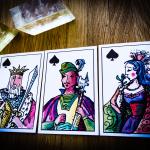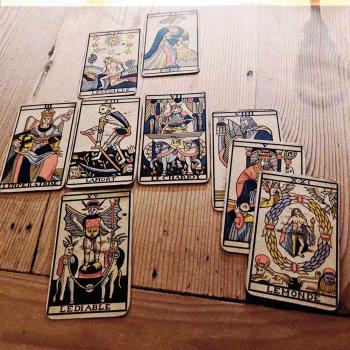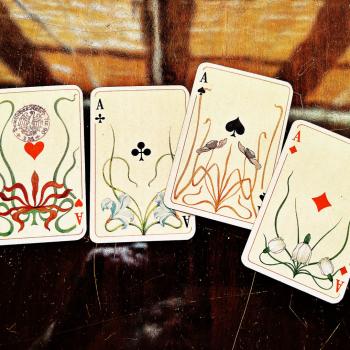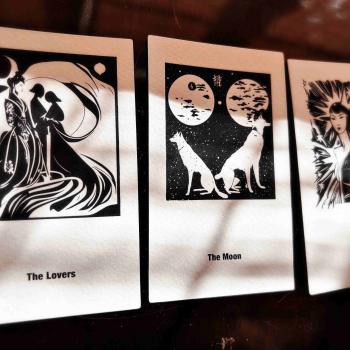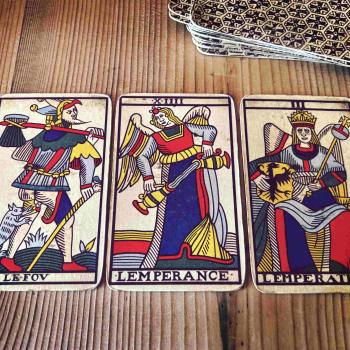
Among the Zen masters that I venerate, there are some who are not exactly either Zen monks or Zen masters, at least not by any of the definitions we impose on the people who are in the state of having clarity about everything.
Hijikata Tatsumi, the founder of the butoh dance, the ‘dance of utter darkness’ usually sits right next to me, between an antique Tibetan Buddhist thangka from Lhasa, and a calligraphy of the Heart Sutra. There’s a reason for that.
I consider Hijikata profoundly Zen, in spite of his weird philosophy and performances. He is known for having said many strange things that, however, ring a bell with me.
Everything he formulated in the form of principles around dance and life, insist on choreography, as choreography gives you access to the most precise bodily movements that we have forgotten all about, due to growing up and subjecting to culture.
Not many get ‘the butoh thing’, as a butoh dance may look like something very haphazardly done, improvisation being in the high seat. But Hijikata himself hated improvisation, and insisted on choreographing a dance by using conceptual thinking and visualization that would be wrung through a naming machine, giving life to scenes and movements. For instance, if he decided that a dancer must dance a gold fish, then the dance had to follow 43 movements and 45 names of movements (Costume En Face, p. 133)
Since the 50s, butoh became more and more popular, but it’s clear to anyone that it wasn’t because of Hijikata’s stringency. I won’t launch here into the history and controversies surrounding butoh, but there’s something that I want to take from Hijikata to illustrate a point.
In an interview, he addressed why he opposed improvisation. He said: ‘life is improvisation enough. I don’t need it on stage too.’
I find this statement utterly intriguing, because what it implies is an irony: Everything that we improvise in life revolves around dictations. When we say that we need to cut corners, what we actually mean is that we need to devise strategies to bypass whatever cultural impasse we’re at. When we improvise at work, we do so because of the unrealistic pressures on us. When we improvise in our relationships, we do it because we find ourselves subject to unreasonable expectations.
So indeed, who the hell needs improvisation in the arts, if we still grant it that the function of art is to move our hearts, and to derail our habitual patterns of thinking, putting us back on track towards freedom?
I’m with Hijikata on this one, because I can see how what he insists on is of great relevance to what we make of the card of the Magician in the tarot.
The Magician’s Act
Contrary to popular belief, the Magician is not merely ‘good at improvisation’. If you think twice about it, you realize that improvisation is actually never on the Magician’s table. Everything he does is carefully choreographed. He’s probably right up there with Hijikata: If he has to make a white rabbit appear, he would have a whole list of scenes and named movements that he would go to, that would enable him to not only manifest the white rabbit, but also go to the heart of it.

Whether in a traditional setting as a conman, or as a mediator between the above and the below in esoteric tarot, the Magician is simply never about improvised acts. A fake Magician is.
If the Magician is worth his salt, he is highly educated in all things staged and choreographed, down to the subtlest movements, facial expression, and costume. He also exhibits high discipline, perseverance, and genius, all in equal measure.
The fakes
The Magicians who improvise, what of them?
I hope never to meet them face to face, though I come across them in all sorts of other contexts. I see them getting high and mighty on their improvisation throne, all theatrical and no substance. Being truly theatrical actually takes a whole lot of work; work that involves bearing humiliation from a master. Without humiliation how are you to learn the art and craft of acceptance? The fake magician would never stoop to that, as it would mean exposing his limitations, and having to go back to the drawing board to polish on the failed act. Too much work.
The Magician who improvises due to shallow thinking is thoroughly insecure. You know him by measuring the extent of his improvisation. The more improvised the act, the lesser the understanding of the premise for the act.
I’ve developed a habit of quickly noticing what I’m dealing with, whenever the Magician is in the picture: Is this a Magician who seduces me with his discipline, and demonstrates to me how ‘anything goes’ is not part of his routine for a reason? Or is this a fake Magician, conning the con, pretending to have worked on his act, when in reality he never?

A Magician who can eyeball the contrast between boldness and bones is a magician versed in study. Polishing an act is high art, and it goes somewhere, often to the essence of the act.
As a choreographer, the Magician is not a Fool, stumbling into things, and taking pride in the improvised act, all in the name of some perceived idea of freedom anchored in a complete lack of precision.
Know thy Magician
Ask yourself this question: How many times did you read the Magician as a Fool in a divination session, attributing to him the Fool’s qualities, without realizing that what differentiates between these two cards is precisely discipline versus disorder?
 How often do you consider the idea of stage, study, and choreography when you see the Magician land on your table, as against the Fool’s improvisations?
How often do you consider the idea of stage, study, and choreography when you see the Magician land on your table, as against the Fool’s improvisations?
How often do you think of the Magician’s ability to show you the reason for his existence beyond the improvised act, beyond the colorful mask that bores you to death, because it’s nothing but a cover of laziness and limitation?
I’m asking because it occurred to me that at the end of this study in deconstructing the tarot trumps, there’s a neat serendipity: I started with the Fool and I ended with the Magician. Not planned. Now I might as well call my deconstructed cards series, ‘stumbling into the rehearsed act’, distinguishing between the actions and reactions of the magicians of the world who are caught with their pants down.
Perhaps the deconstructed cards series has been an exercise in pointing out the consequences of dramatic sublimation, and what we tend to fall for when it comes to discourse around the tarot. Who do we listen to, and why? Let deconstruction of sublimation be the nerve that runs throughout this series, and then some more.
At the end of the day, I want my Magician to be Zen, and say to me: ‘Here’s my act, perfected throughout many years. I’ve no idea what it means. I’m not here to improvise ‘meaning.’ I’m here to choreograph the hell out of this dance of darkness, and eat you all up with my act, an act that comes in exactly 22 scenes, 78 movements, and ten thousand names.’
♠
Stay in the loop for cartomantic activities.



